Montana Garden Ideas: Beautiful Ways to Enhance Your Outdoor Space
Gardening in Montana offers unique challenges and opportunities that can inspire creativity in your planting choices. The diverse climate, ranging from cold winters to dry summers, requires thoughtful planning and the right selection of plants to thrive in the local conditions.
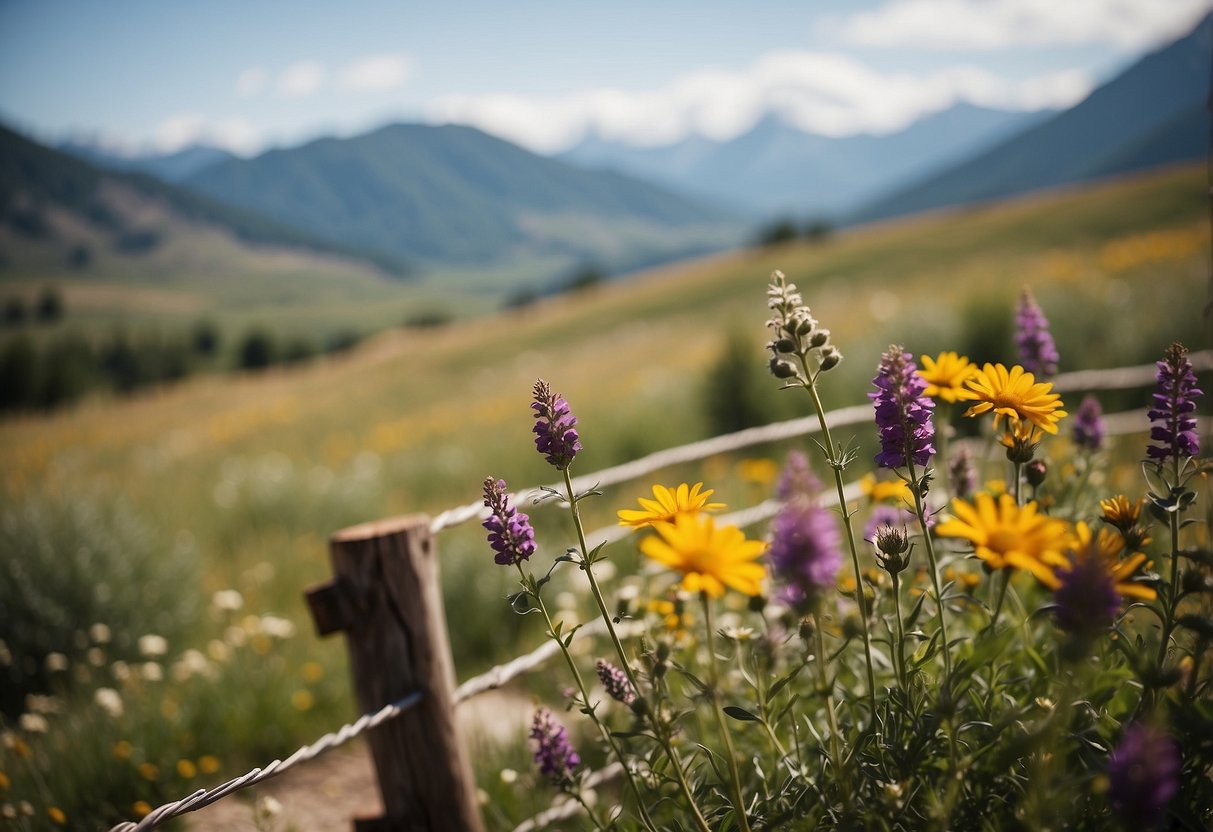
What can you grow that will make your Montana garden both beautiful and productive? You’ll find that there are plenty of options, from hardy vegetables to drought-tolerant flowers. Exploring different garden styles and techniques can help you create a space that is not only resilient but also reflective of your personal taste and the natural beauty of Montana.
1) Raised Bed Planters

Raised bed planters are a great way to start your Montana garden. They help with soil drainage and make it easy to access your plants.
You can build a simple DIY raised garden bed from untreated wood and corner braces. It’s perfect if you want to grow vegetables like carrots and potatoes.
Using raised beds also helps keep pests and animals away from your plants. Try adding crop cages to your garden for extra protection. This can help your plants grow tall and healthy.
2) Native Wildflowers
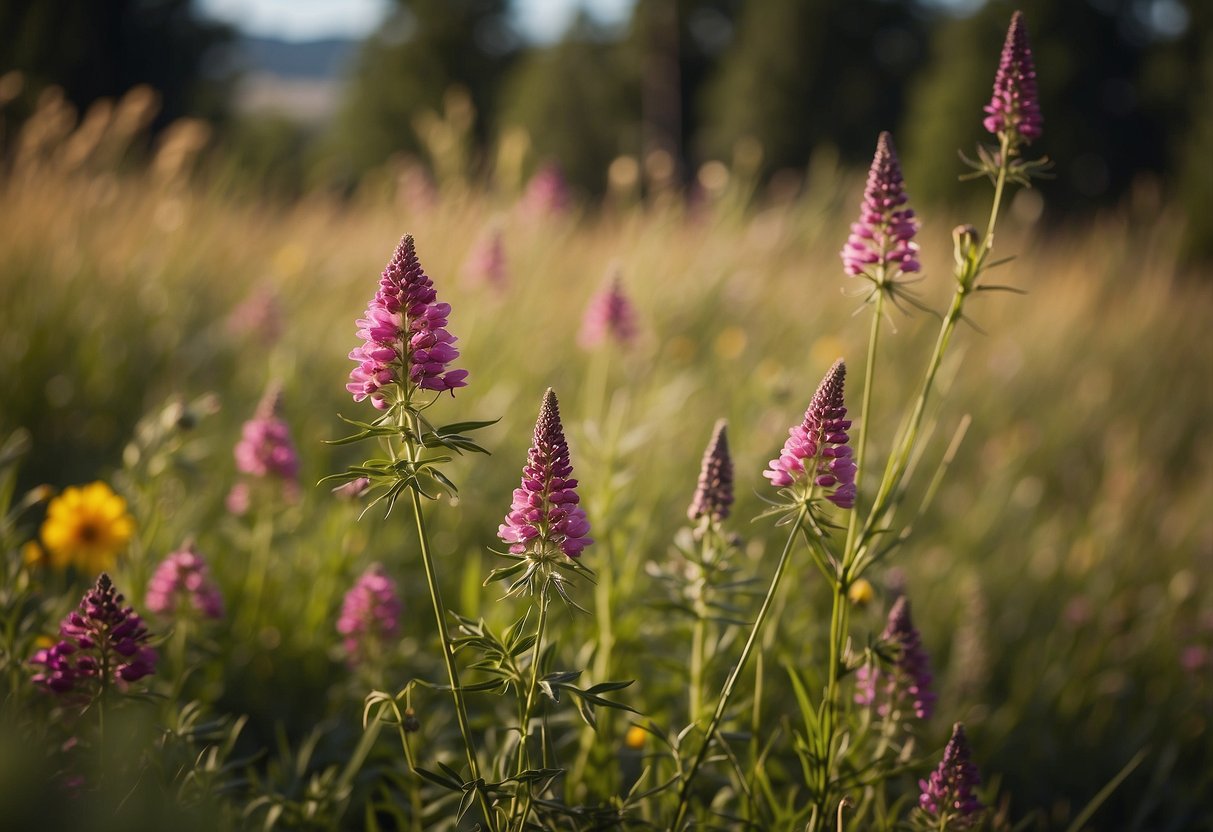
Native wildflowers can brighten up your Montana garden with their vibrant colors and unique shapes. These plants are well-suited to the local climate and soil, making them easier to care for.
Consider adding Rocky Mountain Iris, or Iris missouriensis, which stands tall with slender stems and striking grayish-green leaves. Another great choice is Needlegrass, which has drooping seed heads and tolerates drought well.
For ground cover, Pinegrass can be an excellent option, thriving in sandy-loam soil and partial shade. These wildflowers will attract pollinators and bring life to your garden.
3) Vertical Herb Garden
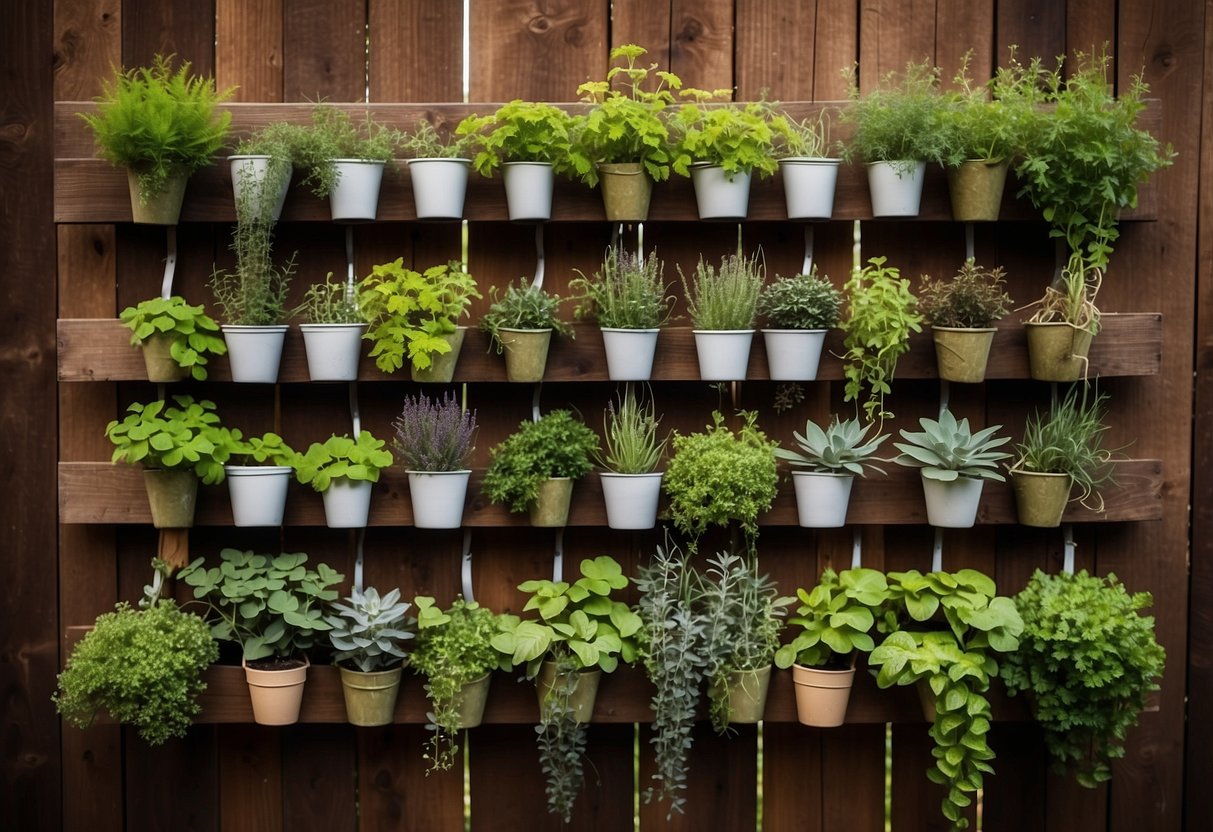
Creating a vertical herb garden is a smart way to save space in Montana. You can use simple hanging shelves with terra-cotta pots to grow herbs like basil, mint, and parsley. This type of garden adds a unique touch to your space and makes it easy to access fresh herbs for cooking.
If you have an old wooden pallet, turn it into a rustic three-tiered herb garden. It’s a charming way to display your plants. Another idea is to use a bar cart from Ikea, turning it into a mobile herb garden. This lets you move your herbs around for the best sunlight.
4) Water Features
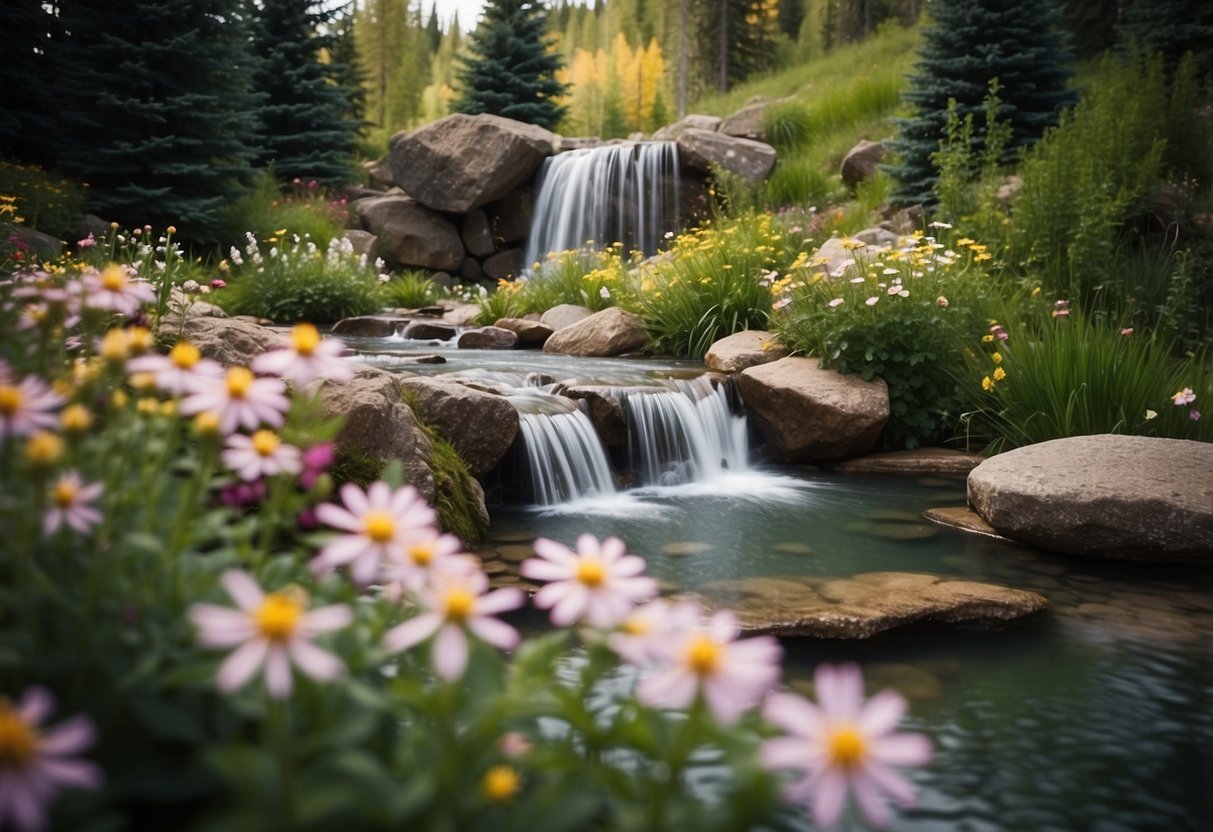
Adding a water feature to your Montana garden can create a peaceful atmosphere. The gentle sound of flowing water can help you relax after a long day. Whether it’s a simple birdbath or a more elaborate pond or fountain, water features bring a sense of tranquility.
You can consider a narrow pool or a small stand-alone pond for your space. Both options are easy to maintain and can fit various garden styles. Using plants like evergreens and hostas around your water feature adds a touch of greenery.
Creating a relaxing oasis in your backyard can be as simple as setting up a garden pond. It’s an enjoyable project and offers a spot to unwind in your garden.
5) Rock Gardens

Rock gardens can add a unique and natural look to your Montana garden. Using different sizes and colors of rocks can create an interesting landscape. Consider incorporating landscaping rocks and gravel.
Choose plants that thrive in rock gardens, like sedums, lavender, and creeping phlox. Adding ornamental grasses and small shrubs can provide vertical height to the garden.
For a Southwestern touch, you might want to include succulents and hardy grasses. These plants not only look great but also require less maintenance.
6) Pergolas
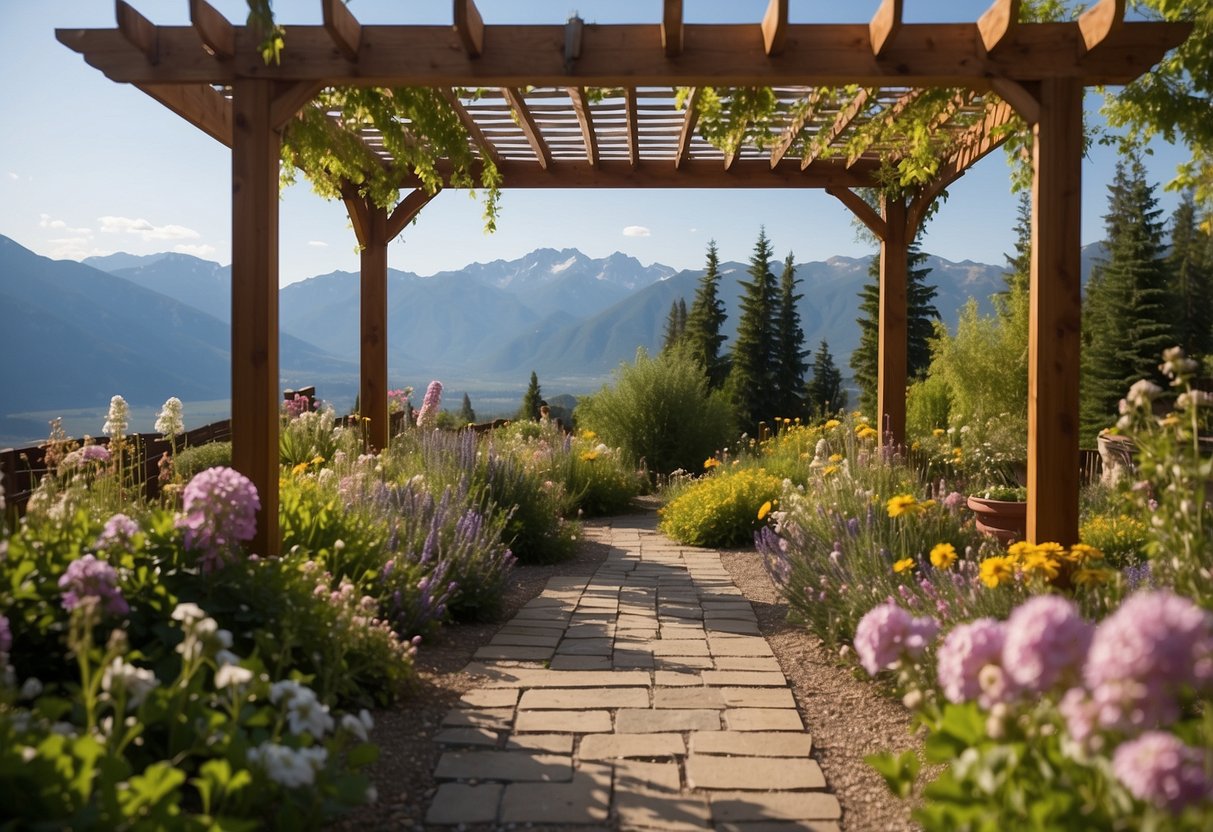
A pergola is a great way to add both style and shade to your garden. It can give your space a cozy, inviting feel.
Imagine sitting under a pergola covered in vibrant pink bougainvillea or fragrant honeysuckle. These climbing vines create a beautiful, natural canopy.
Pergolas can also help you define different areas in your yard. For instance, you can use a pergola to separate your lawn from your patio, making each space feel more distinct and special.
7) Fruit Trees
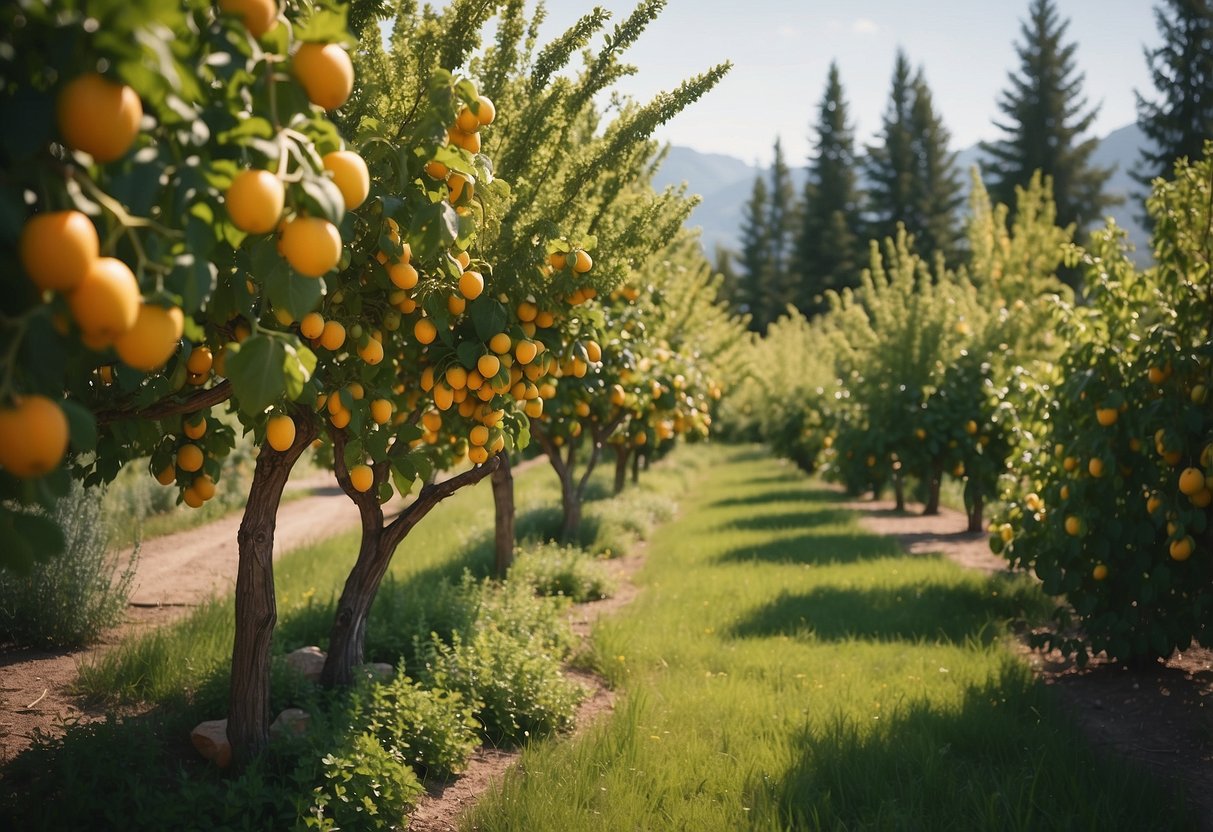
Growing fruit trees in Montana can be very rewarding. The key is to choose cold-hardy varieties that can handle the frost and chilly temperatures. Apple, cherry, pear, plum, and apricot trees are excellent choices. These trees are bred for colder climates and will thrive in your garden.
Peach trees can also be a good option. Some varieties grow tall and not very wide, which makes them great for vertical gardening. Just make sure to give them enough space and the right care to keep them healthy during the cold months.
For more details, you can check out this guide on the best fruit trees to grow in Montana.
8) Container Vegetables

You can easily grow vegetables in containers even in Montana. Some great options are tomatoes, potatoes, peppers, and eggplants. These nightshades thrive in pots and can give you a good harvest.
Fast-growing veggies like peas and lettuce are perfect for containers too. Use a quality organic potting mix with good drainage to ensure your plants stay healthy.
A window box, hanging baskets, or a few small containers can transform any space into a productive garden. Don’t forget to give each plant enough space to grow, especially for root vegetables like carrots and beets.
9) Compost Stations
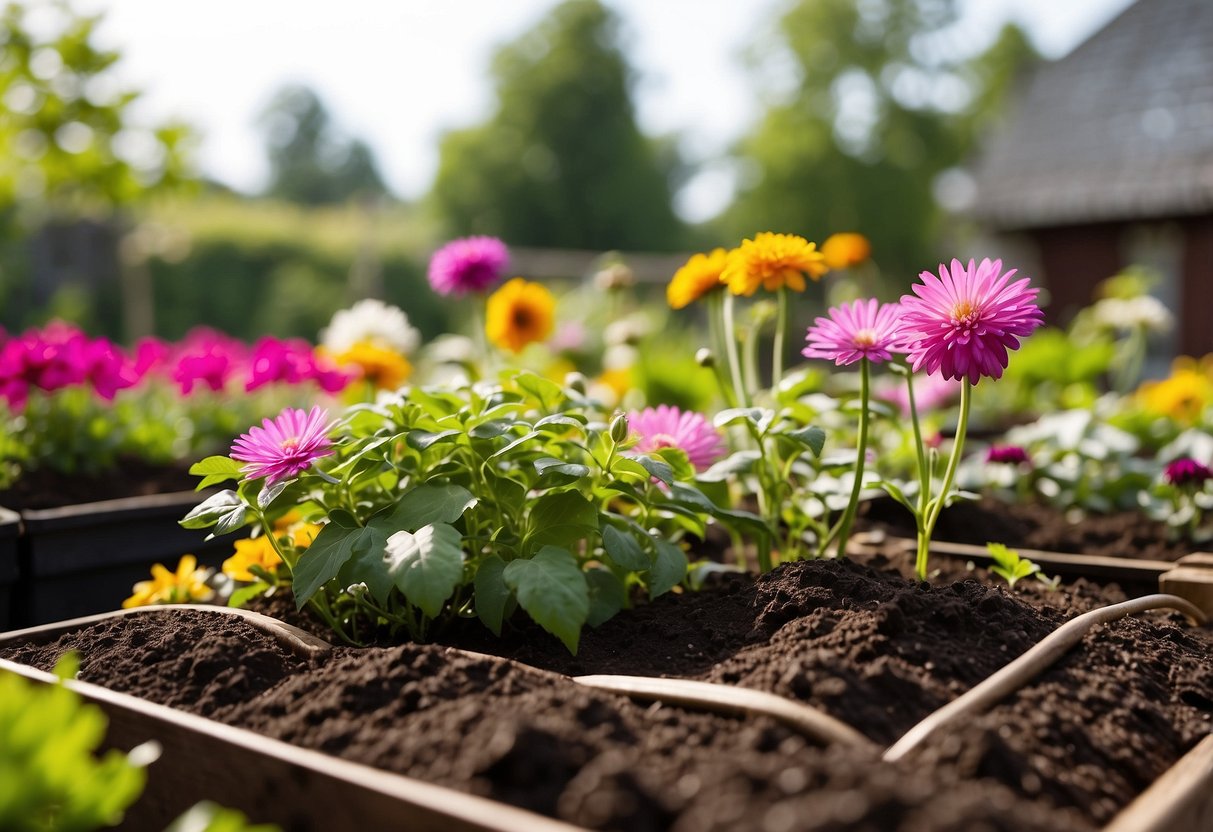
Creating a compost station in your Montana garden can help turn organic waste into valuable soil nutrients. You can build a compost pile in a day to speed up the process, ensuring it heats up quickly.
If space is limited, consider worm composting using a triple bin design. This method lets worms break down your waste efficiently.
For a budget-friendly option, try a DIY compost bin using nesting buckets. This setup is perfect for small spaces and costs less than $5.
10) Pollinator Gardens
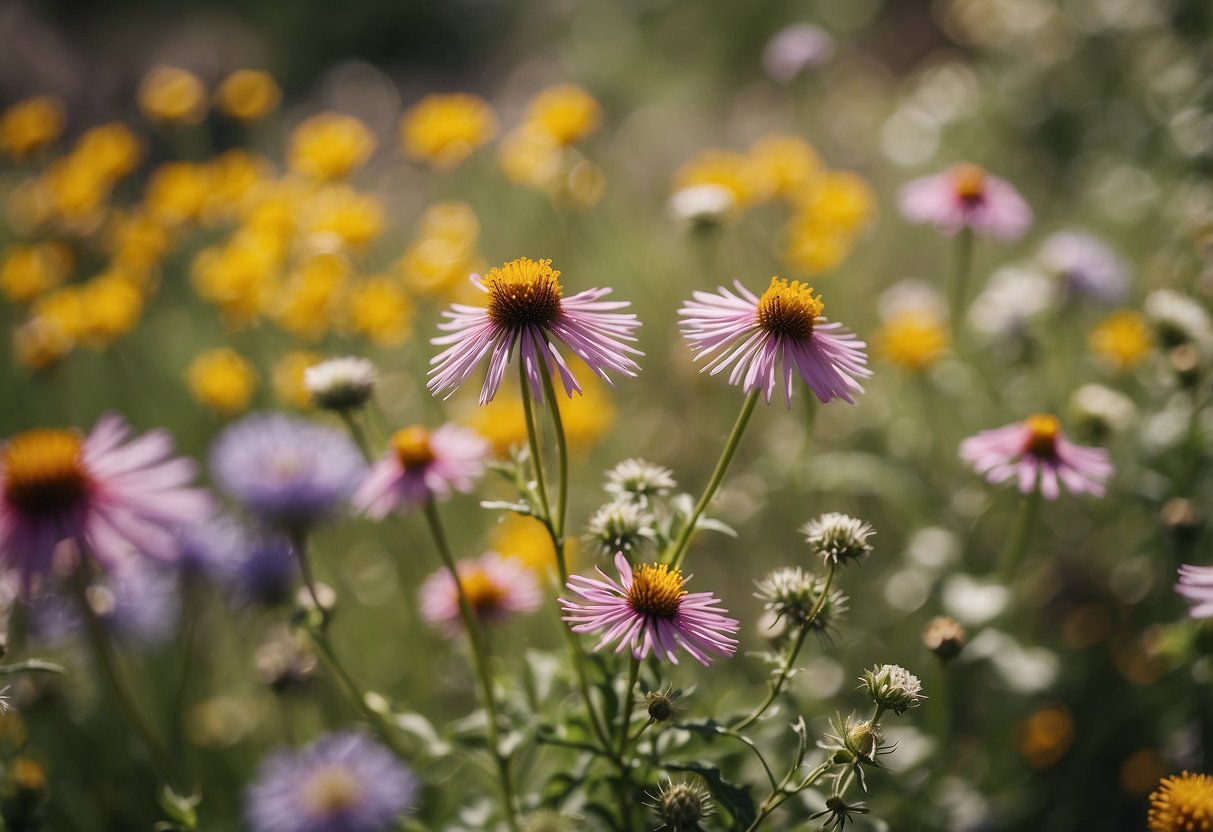
Creating a pollinator garden in Montana can be both fun and rewarding. Start by choosing plants that support local pollinators like bees, butterflies, and birds. Native plants are a great choice because they are well adapted to the local environment and attract more pollinators.
Make sure to include a variety of plants that bloom from spring to fall. This provides food for pollinators throughout the growing season. Adding DIY bee houses can also help pollinators survive the winter and return in the spring.
For some inspiration, check out these great pollinator plants for Montana.
Understanding Montana’s Climate
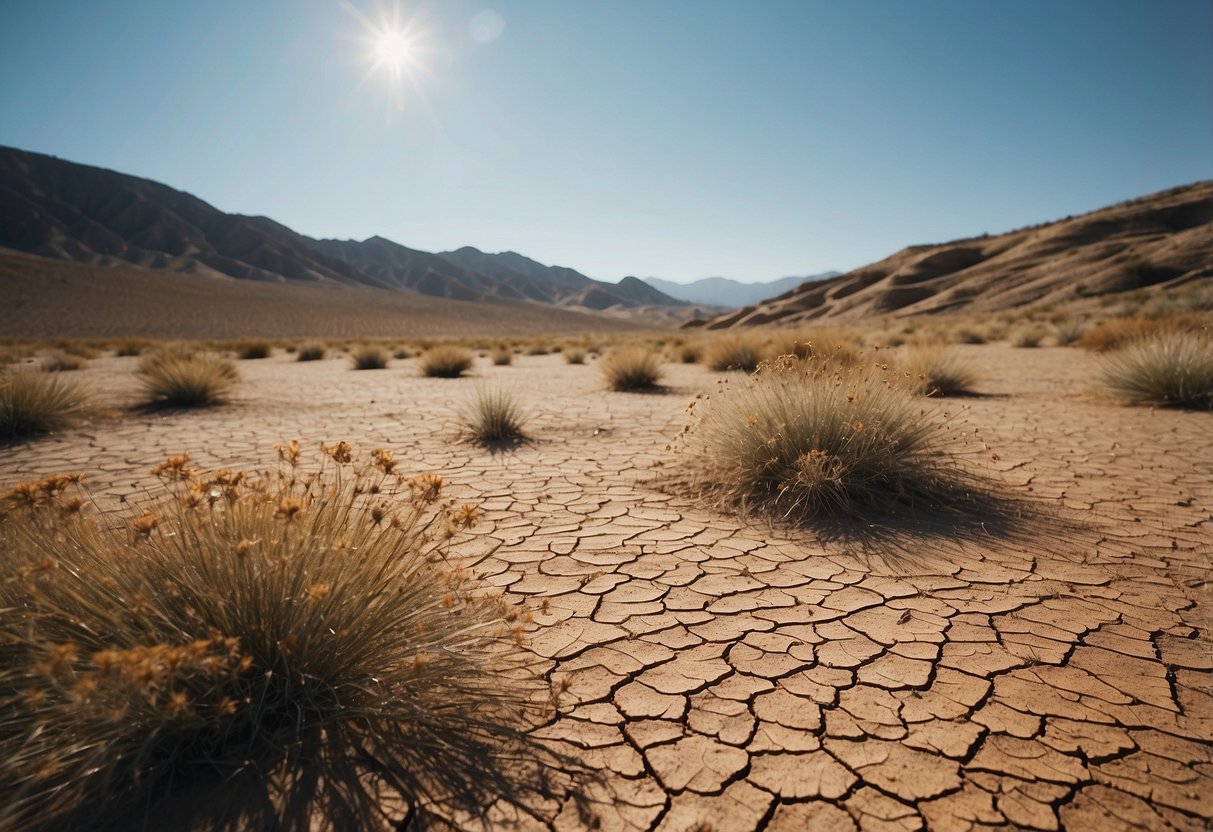
Montana’s climate can be challenging for gardening due to its harsh winters and short growing season. It’s important to know the key elements of its hardiness zones and seasonal variations to choose the right plants for your garden.
Hardiness Zones
Montana falls within Sunset Climate Zone 1. This zone is characterized by cold, harsh winters which can be tough on many plants. Areas in Montana can range from Zone 3 to Zone 6 based on elevation and latitude.
In these zones, selecting plants that can handle frost and colder temperatures is essential. Hardy perennials, shrubs, and cold-resistant vegetables like kale and carrots are good choices. Some short season crops can be planted in early spring to avoid the intense summer heat.
Seasonal Considerations
Spring and fall offer the best planting windows in Montana. In Zone 6, crops such as collard greens, kale, and carrots thrive when planted in early spring.
You should also plan for Montana’s unique summer conditions, which can be intense. Short season vegetables with a fast harvest time are ideal. They can be planted after the last frost in spring and before the first frost in fall.
Winters are long and severe. Use this time to plan your garden layout and start seeds indoors. This ensures that plants are ready to go outside as soon as the weather permits.
By understanding these aspects, you can tailor your gardening efforts to make the most of Montana’s varied climate.
Choosing the Right Plants for Your Montana Garden

When planning your Montana garden, it’s crucial to select plants that thrive in the local conditions. Pay attention to native species and those that can handle drought, as these will be the most successful in the variable Montana climate.
Native Plant Species
Native plants are well-adapted to Montana’s climate and soil. These species generally require less water and maintenance. Some good choices include beargrass, which can grow up to six feet tall and is often found in subalpine meadows and open forests.
Another fantastic option is Douglas-fir. These trees are common in the western part of the state and can add height and structure to your garden.
Blanketflower is a colorful choice that blooms in summer and attracts pollinators. Planting native species like these supports local wildlife and ensures a thriving garden with less effort on your part.
Drought-Resistant Plants
Montana experiences dry summers, so selecting drought-resistant plants is essential. Yucca and sagebrush are excellent choices. These plants have deep roots and can survive with minimal watering.
Consider growing Russian sage, which has beautiful purple flowers and can withstand drought. It’s a hardy plant and adds vibrant color to your garden.
Sedum is another great pick for low-water gardens. This succulent requires little water and thrives in sunny locations. Adding drought-resistant plants not only conserves water but also ensures that your garden remains lush during the hottest months.
Designing Your Garden Layout

When designing a garden layout in Montana, it’s important to consider sunlight exposure and efficient watering. These aspects ensure your plants thrive in the diverse Montana climate.
Maximizing Sunlight Exposure
Start by evaluating your garden’s sun patterns. Most vegetables need at least 6-8 hours of sunlight per day. Look for the sunniest spots and place sun-loving plants like tomatoes and peppers there.
Make use of a compass or a smartphone app to track the sun’s path. Arrange taller plants like corn or sunflowers on the north side to avoid shading smaller plants.
Consider raised beds to optimize sunlight usage. These beds warm up faster in the spring, extending your growing season. You can read more about garden layouts at 20 Vegetable Garden Layout Ideas.
Using reflective surfaces like light-colored mulch can also increase light absorption and keep plants warm. Remember, incorrect placement can lead to poor plant growth, so use every trick to maximize exposure.
Watering and Irrigation Tips
Watering is crucial, especially in Montana’s diverse climate. Install a drip irrigation system to deliver water directly to the roots, reducing evaporation. These systems are water-efficient and can be automated.
If using a traditional hose, water early in the morning. This allows foliage to dry and reduces the risk of disease. Always water deeply and less frequently to encourage roots to grow deeper.
For dry regions, consider water-wise gardens with drought-tolerant plants. Mulch your garden beds to retain moisture and reduce weed growth. A good choice of mulch is organic compost, which enriches the soil as it decomposes.
Make sure to avoid waterlogging by ensuring your garden has proper drainage. To learn more about taking care of plants in different environments, check out Designing a Vegetable Garden.
Using smart watering techniques will help your garden thrive, even in challenging climates.







